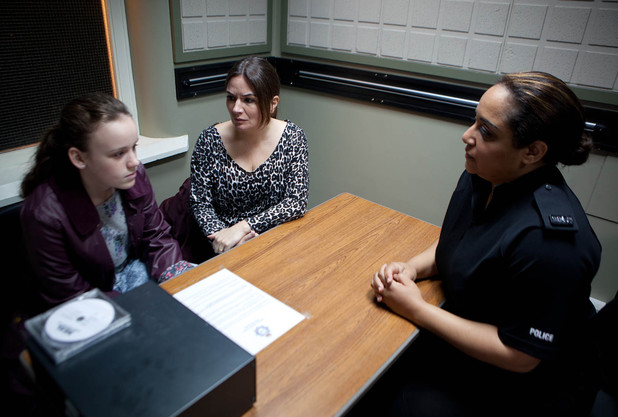

I’m a big fan of Twitter – short messages, getting your point across succinctly… with that in mind, I’m going to keep this post short and sweet. Just five tried and tested techniques to assist with questioning in your classroom. One of the features of an outstanding classroom is one where students are challenged, stretched and not allowed to rest on their laurels. One way we can do that is through decent questioning and here are 5 elements that you might like to have in your teaching tool kit.
1. Use ‘think, pair, share’ – it’s a great way to get students to think about the questions they’ve been asked and to reach decent answers. If you haven’t heard of it, get on it.
2. Ask probing questions – don’t just settle for the first answer, get the conversation going. Make it so that students know you won’t accept their first answer. Dig deeper, scratch beneath the surface.
Can you explain how you reached that answer / decision / point / worked that out? Is there another answer? Does anyone disagree? What do you think? How is it different? Could you be more precise in your language? Could you give a better answer? What if I gave you a thousand pounds to know a better answer?
Use the Socratic questioning method to dig deeper with each question, being more and more probing.
- Clarify – Get students to be clear with their thinking – ‘Why did you say that?’ ‘Why did you give that response?’
- Challenge assumption – Challenge students further about their response and any assumptions they’ve made – ‘Is that always true?’ ‘Is that always going to be the case?’ ‘What if we changed this variable?’
- Evidence for argument – Ask students for evidence to back up their argument – ‘How valid is that evidence?’ ‘How do we know that evidence is robust?’ ‘Why should we believe it to be true?’
- Viewpoints and perspectives – Get students to think about other points of view – ‘Is there another point of view on this?’ ‘Is this the only way to solve this problem?’
- Implications and consequences – Given that their choices might have implications, use this as another vehicle for questioning – ‘What will be the consequence of choosing to do things the way you have?’ ‘Are there any further knock on effects of your decision/response?’
- Question the question – it’s important that students understand too the reasons behind why you are asking them the questions that you are asking them. It goes to the reason why they are doing what they are doing and relates directly to the learning in the lesson. ‘Why did I ask that question?’ ‘How does it relate to our topic?’ ‘Why are these questions important?’.
As you might expect, Doug Lemov talks about how you can develop these skills in his book ‘Practice Perfect‘ and how, if questioning is not one of your strong suits, how you can best go about improving it. A highly recommended read as is his blog ‘Teach like a champion‘. For more on Socratic question circles, also read the excellent blog by John Sayers: http://sayersjohn.blogspot.co.uk/2013/01/questioning.html
3. If this is the answer, what is the question – completely nicked from ‘Mock the week’ but this is something I often use as a means to start thinking about a topic at the beginning of a lesson or to ask students to reflect upon learning from a previous lesson. An example of this would be ‘Peer to peer’ where the students had been learning about different types of networks in the previous lesson. The ‘question’ in this case, from the students, i.e. the answer, would be “what type of networking involves computers being connected directly together?”
4. I often use ClassDojo as a means to manage behaviour in some of my classes. I don’t use it with all of them. Built within there, as you can also find on http://www.classtools.net and http://www.triptico.co.uk/ is a random name picker. Great for doing what it says on the tin… randomly picking students for questioning. Health warning: don’t always use it. It’s a tool kit remember, not the only way of doing things!
5. Pose, pause, pounce, bounce. I’m not going to elaborate or rewrite anything more about it here. It’s a great technique and it works. If you’d like to find out more read Ross Morrison-McGill’s article here: http://www.theguardian.com/teacher-network/2011/nov/17/lessons-good-to-outstanding-afl-questioning and it’s inclusion in one of David Didau’s posts here: http://www.learningspy.co.uk/leadership/model-lesson-part-1/ or alternatively Google it. It’s good.
Happy questioning!















8 Comments